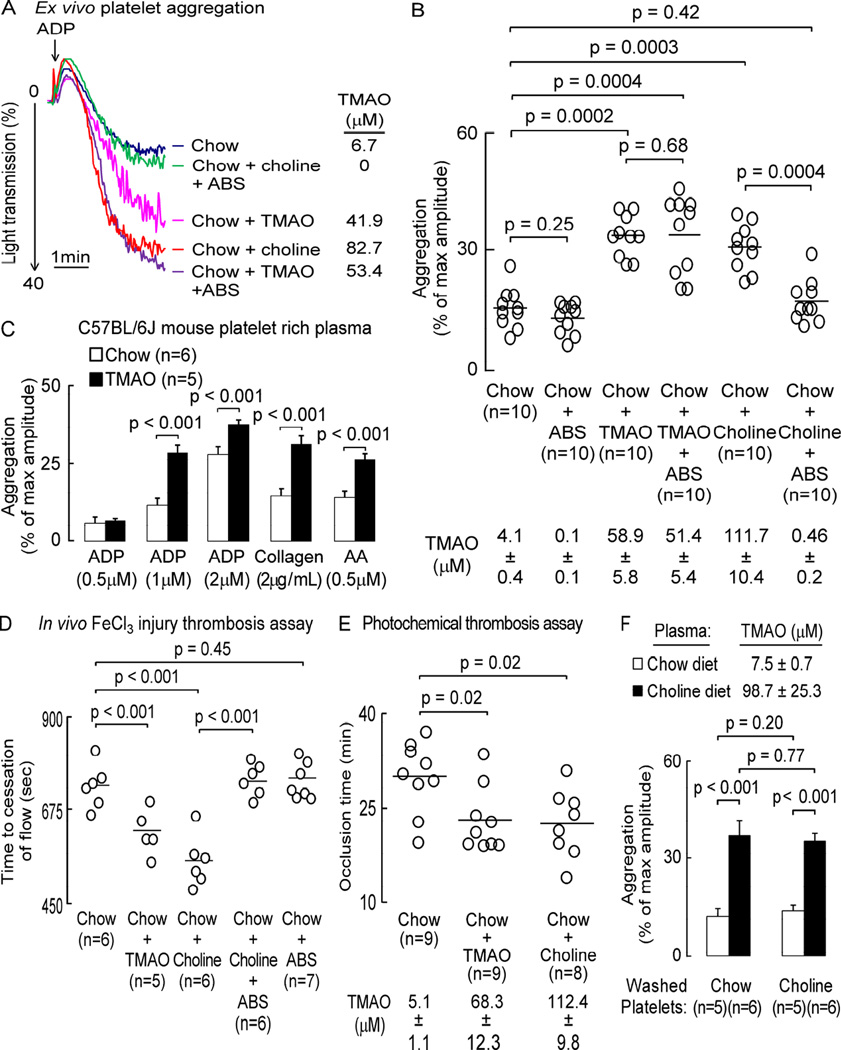Figure 3. Dietary choline, via gut microbe-generated TMAO, enhances platelet responsiveness and promotes a prothrombotic phenotype.
Mice were fed the indicated diets ± oral broad-spectrum antibiotics (ABS). (A, B) Platelet aggregometry was monitored in platelet-rich plasma following addition of sub-maximal (1µM final) ADP; or (D) in vivo thrombosis potential was quantified using the FeCl3-induced carotid artery injury model. (A) Representative aggregation tracing in response to sub-maximal ADP dose from a mouse within each group, along with the corresponding plasma TMAO level. (B) Aggregation (% of max amplitude of aggregation) in response to ADP, along with plasma TMAO levels, for each group (n>9 each). (C) Aggregation responses to the indicated submaximal concentrations of agonist (ADP, collagen or arachidonic acid, AA) in platelet-rich plasma recovered from mice on the indicated diets (n≥5). (D and E) Time to occlusive thrombus formation in either the (D) FeCl3-induced carotid artery injury model, or (E) photochemical injury-induced carotid artery injury model. Bar (B,D,E) represents mean value for the indicated group. TMAO levels are reported as mean ± SEM. (F) Aggregation responses to ADP (1µM) within the indicated mixtures of washed platelets and platelet-poor plasma prepared from mice on the indicated diets. Plasma TMAO levels (mean± SEM) of mice on the indicated diets is also shown. Data shown are % of max amplitude of aggregation (± SEM; for n≥=5 each). For significance, a Kruskal Wallis test was used for multiple group comparison and a Mann Whitney test was used for two group comparisons. See also Table S1.

